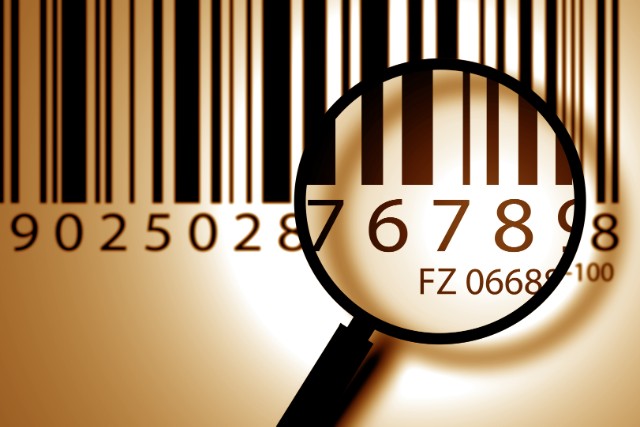Product identification is a prerequisite for doing business, whether you’re a manufacturer or OEM, a reseller, or an industrial operation. Because it’s a crucial part of any selling experience, it’s vital to understand what product identification is, what data it includes, how it impacts commerce, and why it’s important.
A product identifier is simply a unique series of characters that identify a specific product, part, or other item. It’s important to use them wherever applicable — without unique product identifiers, your goods cannot be distinguished from others in databases.
There are several widely used examples of product identifiers, all with different accepted protocols:
Thanks to a variety of different standards, there is plenty of diversity in the way different products are organized. For instance, ISBNs allow books to be cataloged in various systems, whether a library needs to manage its inventory or a bookstore is taking in new stock. Further, every book identified by that unique ISBN is identical, from its title to its content.
These product identifiers are crucial for manufacturers, suppliers, and sellers so that items can be identified and tracked, whether for sale, inventory control, or any other use.
Suppose you have a pallet carrying several hundred spray bottles of all-purpose household cleaner. In this case, the product identifier would be displayed on the label of the pallet, disclosing the following information:
As you can see, product identifiers aren’t just for the sake of clarity or convenience. For some products, clearly identifying a product’s chemical composition also keeps shipping personnel and others safe. In the case of HAZMAT, there are federal regulations requiring clear labels due to the risk involved in transporting certain items.

These codes are important for many reasons. They don’t just help you stay organized or manage your inventories, as important as it is to do both. Product identifiers also:
For example, when the cargo ship Felicity Ace was abandoned at sea due to an out-of-control electrical fire, it was thanks to product identifiers that all interested parties knew exactly what was at stake. It was also thanks to these identifiers that authorities were able to tie a possible cause of the fire to the lithium batteries used in the electric cars on board.
This was important not just for the manufacturers but also for the shipping company, insurance professionals, stakeholders, and other parties. Because every individual automobile on the ship had been accounted for on the ship’s manifest, any losses could be accurately calculated.
These identifiers are crucial in order to manufacture, store, ship, and stock products, and without a clear product identifier, there is simply no way for manufacturers to be able to reach their customer base.
For example, if you walk through the produce section at your local grocery store, you’ll see barcodes and product numbers on fruits and vegetables. Even an apple needs to have a product identifier in order to make it from the farmer to the consumer.
Product identifiers help logistics professionals manage the flow of goods through our complex, globally intertwined economies (via traceability). If you’ve ever wondered how thousands of tons of bananas can make it from South America or the Philippines to the produce sections of stores across America, it couldn’t be done without product identifiers.
One of the best ways to put product identification to work for you is to deploy durable Metalphoto product identification labels and tags. Metalphoto® labels are a tried-and-true product identification solution. The image is sealed below the surface of the label, creating an impenetrable barrier to sunlight, water, salt, dirt, chemicals, solvents and temperatures up to 650°F. These characteristics give Metalphoto labels an expected outdoor life of over 20 years and make Metalphoto a preferred material for many military standards and aerospace applications.
Whatever labeling method you choose and whatever industry you do business in, clear and unique product identifiers are a key tool for delivering products for sale.
Our sales engineers are experts in automatic asset tracking, tagging and identification,a nd can answer all your questions. Get in touch now.
Lets Talk ›